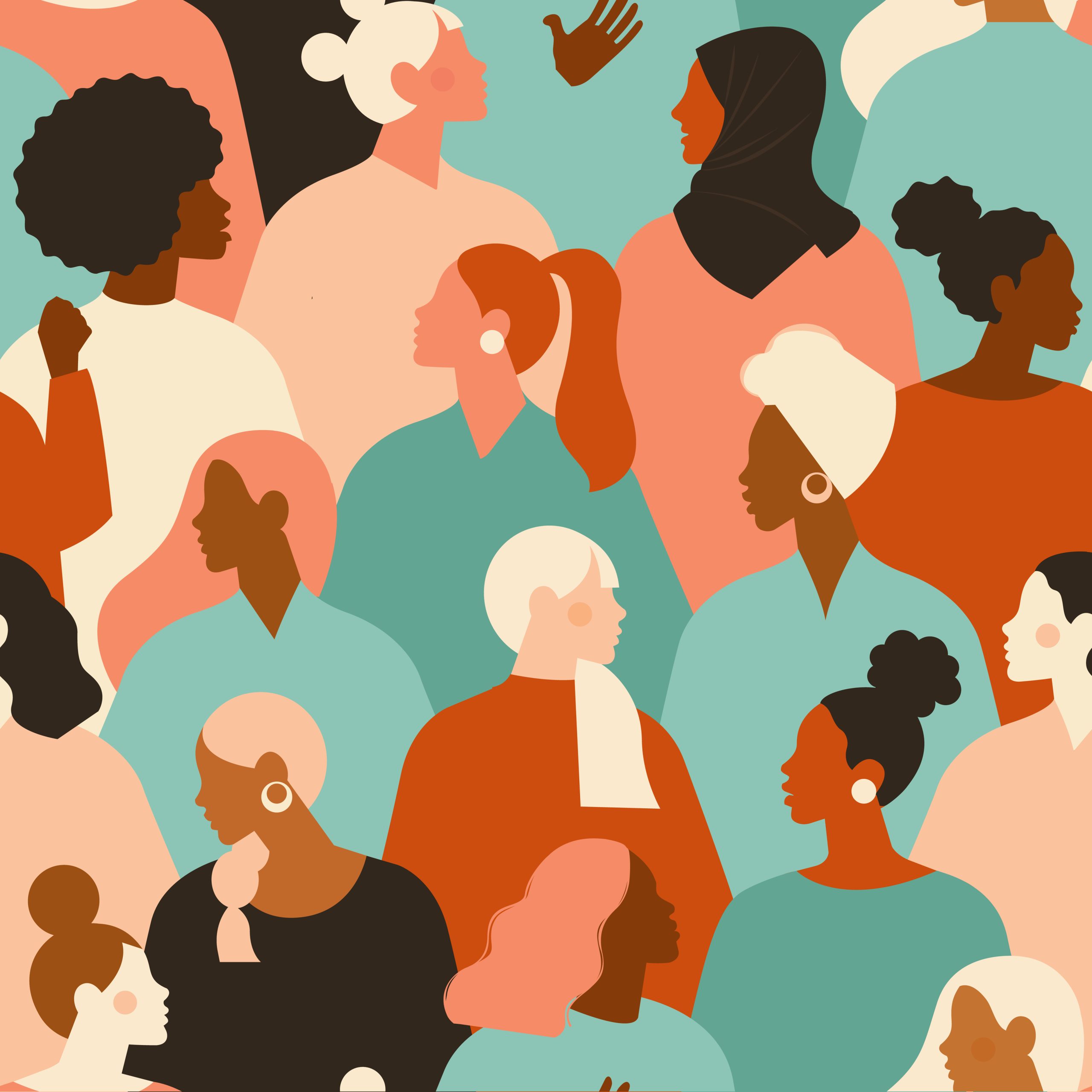The following points summarise the participants’ deep feminist reflection and transnational conversation about what it means to support WLOs and WROs in crisis.
- Current frameworks for understanding crisis are inadequate. Crisis should be understood as any moment in which the ability of communities to meet their own needs is challenged.
- Crises from the perspective of the humanitarian system, as defined by the international community, look very different to other types of crises that communities live on a day-to-day basis. These types of crises do not grab media headlines, or attention from the humanitarian system.
- Crises, crisis response, and the role of WROs and WLOs are also described differently, using different language, depending on the organisational perspective.
- People marginalised by gender discrimination and exclusions, who face multiple and intersecting forms of marginalisation such as disability, age, sexual orientation, gender identity and refugee and displacement status live in a constant state of crisis. As one participant noted, “Just to be a girl is to live on the front line of crisis. All girls navigate violence, some more than others”.
- Crises are not spontaneous and separate events; they are born out of colonialism, authoritarianism, and injustice. Crises are not apolitical, and vulnerability is not innate but rather the product of social, political, and economic inequities. Through this understanding, and a deeper political analysis, emergency responses could and should be more sensitive to existing gender and inequalities in communities.
- Crises are becoming increasingly layered and influenced by intersecting issues of economics, climate, conflict, geopolitics, transnational influence, and others. Crises are cyclical and protracted, yet the humanitarian system is designed for rapid onset. Crises are transcending borders in new ways with huge implications for international actors’ responses. Taking risks and moving money in times of layered crises is a political act, and more contested and difficult than before.
“Crises break the social fabric of our communities through violence and inequalities.”
- Gaps exist between how a crisis is defined by international actors and the community that experiences it. The humanitarian system struggles to ensure inclusion and equality because the system is not designed to put people at the centre or to consider people’s complex set of needs in a holistic way. Communities are often silenced during a crisis, not treated as participants and experts.
“For the most marginalised, there’s a sense of crisis all the time.”
- The world is experiencing multiple and protracted crises, for example in Afghanistan, Palestine Somalia, Sudan, Syria, DRC, Ukraine, Yemen and elsewhere. In an era of social media, public opinion is easily influenced around crisis response. Communication about the role of ODA is not always positive, especially when donor countries themselves are experiencing domestic economic difficulties, presenting political complexities for donors.
“The etymology of crisis means turning point – what happens when everything is shattered and what can emerge from this in an emergency?”
- WLOs, WROs, feminist organisations, and other groups are responding to crises daily in countries and geographical areas where this work is not recognised as such. In crises as defined by the international community, women, WLOs and WROs are also leading the response as soon as an event happens, reaching people and communities before international actors arrive, and staying when they leave.
